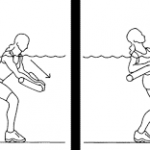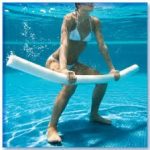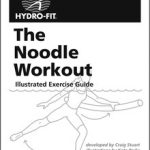
There is a lot to do during the holiday season: shopping, wrapping presents, decorating, baking, holiday parties and more. You know your water fitness class participants need to maintain their exercise routine to help them manage the holiday stress, but sometimes exercise moves near the bottom of their priority list. Try some of the following ideas to make your water fitness class more festive and encourage everyone to keep coming:
Holiday Music. Break out some holiday music to get everyone in a festive mood. All the fitness music companies have Christmas music playlists for sale. Check out:
(1) Super Happy Xmas Step (128-130 BPM) and Xmas Buzz (135 BPM) at Yes Fitness Music www.yesfitnessmusic.com.
(2) Tis The Season – Best of Christmas Hits Remixed (130 BPM) and Christmas Hits Remixed (135 BPM) at Power Music www.powermusic.com.
(3) Core Christmas Volume 2 (128 BPM) and Christmas in Motion 3 (135 BPM) at Muscle Mixes www.musclemixes.com.
Holiday Themed Games and Activities. Add fun activities at the end of your fitness routine to have everyone laughing and looking forward to the next class. Here are two ideas:
(1) Holiday Obstacle Course – Create an obstacle course with the pool equipment you have on hand, giving it a holiday theme. Station One: Have a participant begin by cross-country skiing to the North Pole, using either drag equipment or foam dumbbells. Station Two: Tie 3 noodles in a triangle to serve as a Christmas tree and have a bucket of small balls nearby. The participant throws the balls into the triangle to “decorate the tree.” Station Three: The participant picks up a paddle or a foam dumbbell and uses it to “stir up the Christmas cookie dough.” Station Four: The participant runs to 3 “elves” who are holding 3 balls. The participant helps in the toy shop by tossing the balls a set number of times back and forth to each elf. Station Five: The participant picks up 2 noodles and puts the ends of each noodle under an arm with the opposite ends sticking out in back. “Santa grabs the free ends and takes a seated position. The participant now takes the place of Rudolph the Red-Nosed Reindeer and pulls Santa’s sleigh to the finish line. If your class is large, half of the participants can man the stations while the other half runs through the obstacle course; then the two groups
change places. If your class is small, have all your participants (but one) man the stations while the “contestant” runs the course. Then that person will take the place of another participant who will take a turn running the course.
(2) Sleigh Races – Have your class members partner up. One partner can be Rudolph and the other Santa. Rudolph then pulls the sleigh as in the obstacle course above, racing with all the other sleighs in the class. After one team wins the race, Rudolph will take a turn being Santa, and Santa will become Rudolph, and the teams race again.
Costumes. This is the perfect time to wear your red swim suit, a Santa hat, a Frosty the Snowman top hat, a red nose or a hat with reindeer antlers.
Holiday Gifts. Show your appreciation for your class by giving them each a small gift. If you are an H20 Wear AquaPRO, you can get coupons for your participants worth 10% off their first purchase of a swim suit. Contact them at H20_mail@h2owear.com to request coupons or to become an AquaPRO member. Some other gift ideas include a Clementine tangerine, a tree ornament, a peppermint candy cane, a Christmas cookie, a package of hot cocoa mix or some kind of homemade goodie. Here is an easy recipe if you would like to make your own treats:

Peppermint Crunch Puppy Chow
Ingredients: 5 cups Rice Chex, 10 ounces melting white chocolate, 1 cup crushed candy canes, 1 cup confectioners’ sugar
Pour the cereal into a large bowl. Melt white chocolate according to the package directions. Pour melted chocolate over cereal, stirring and folding until the cereal is completely covered. Fold in crushed candy canes.
Pour the confectioners’ sugar into a zipped-top bag. Pour the cereal mix in next. Seal the bag and shake until all the cereal is coated with the confectioners’ sugar. Discard excess powdered sugar.
Divide the puppy chow into individual bags and tie with a ribbon.
Merry Christmas!

Chris Alexander

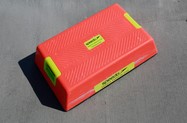
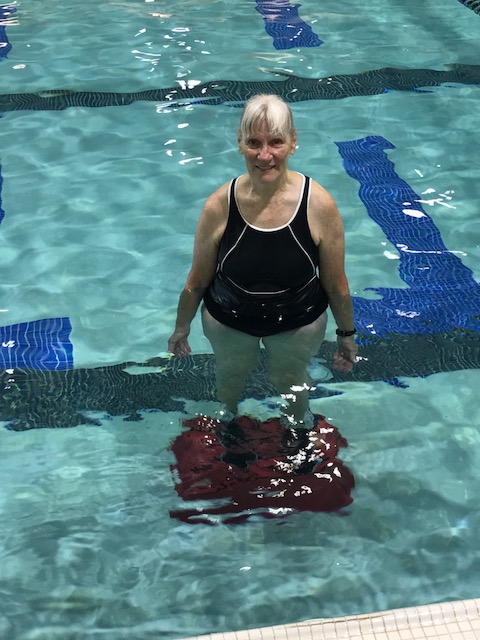
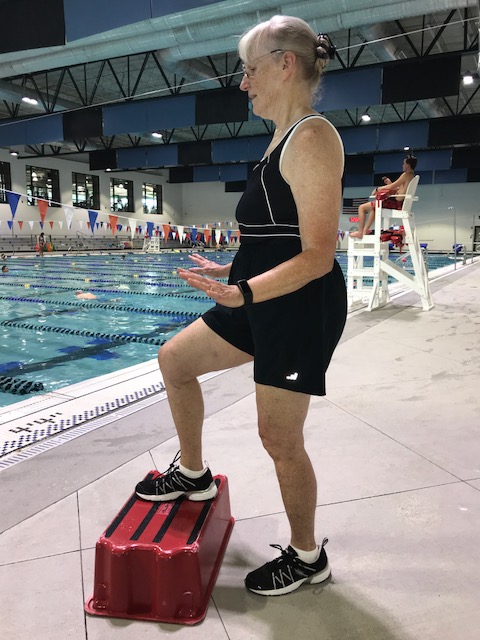
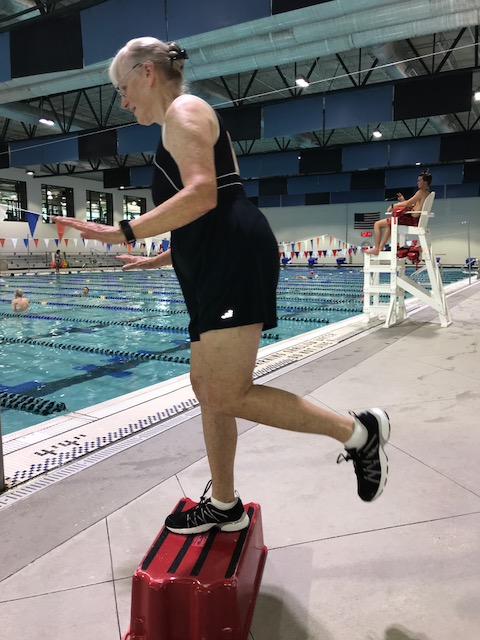
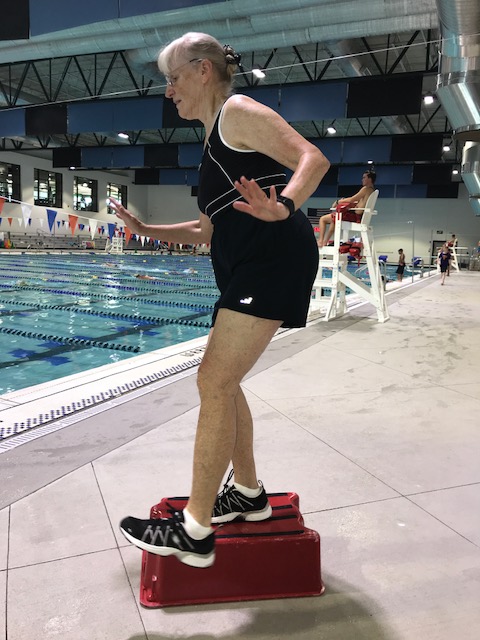
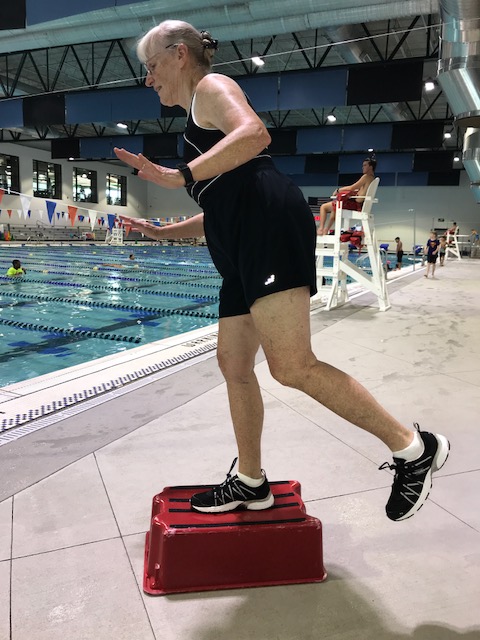
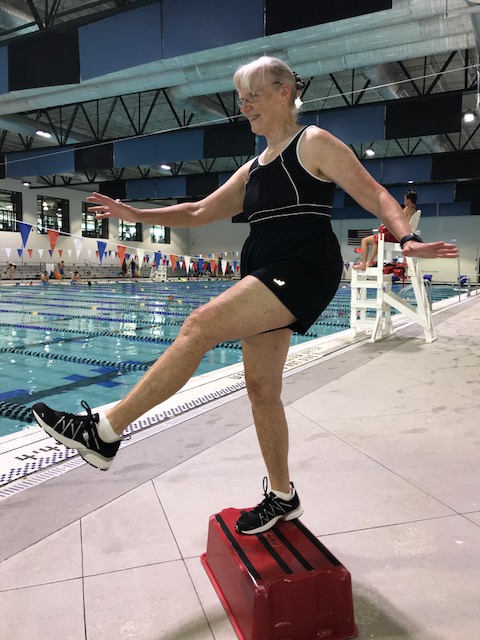
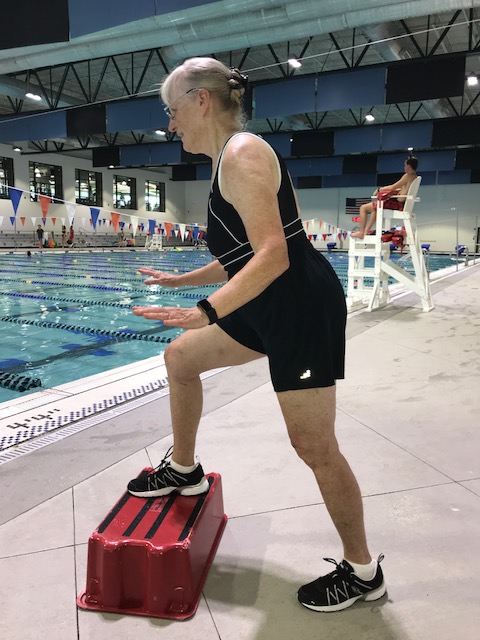
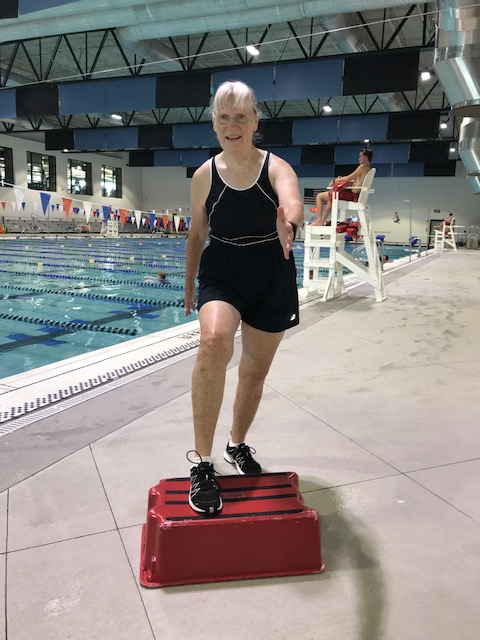
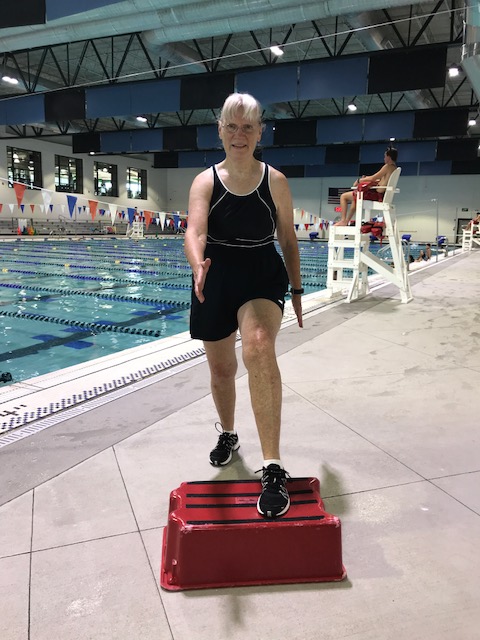
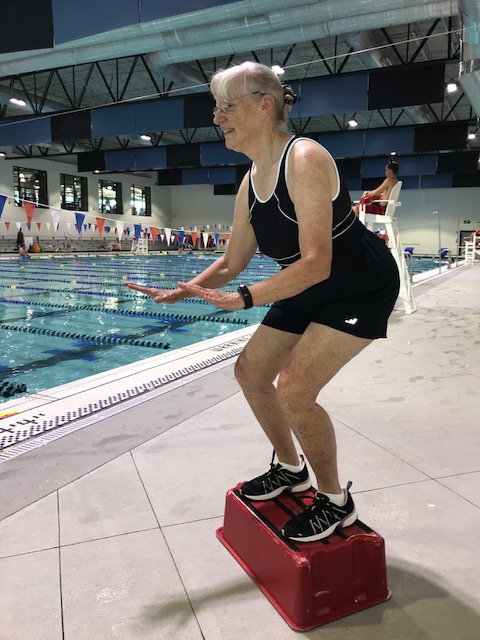
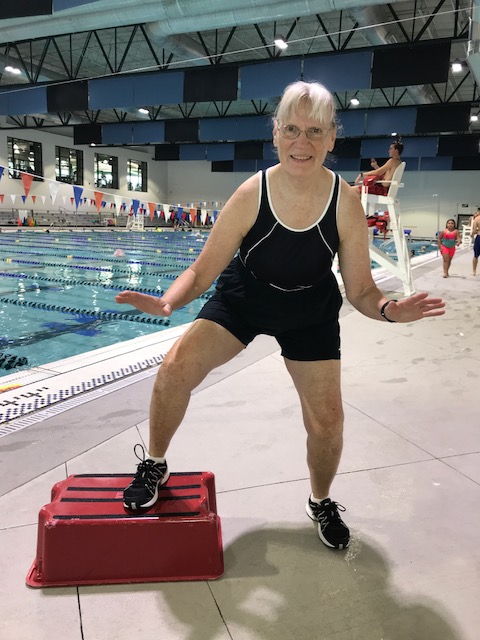
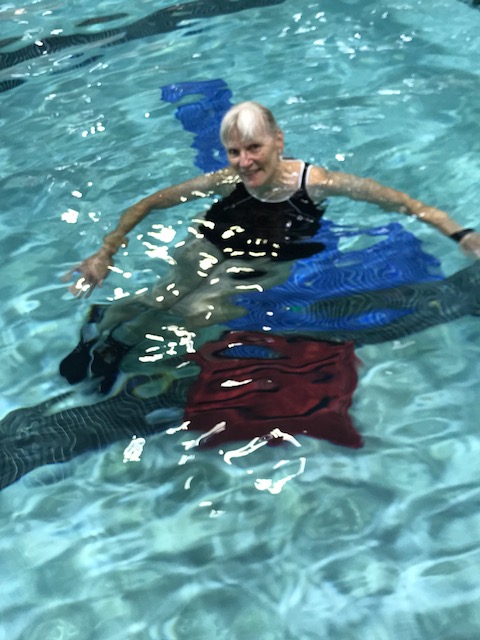
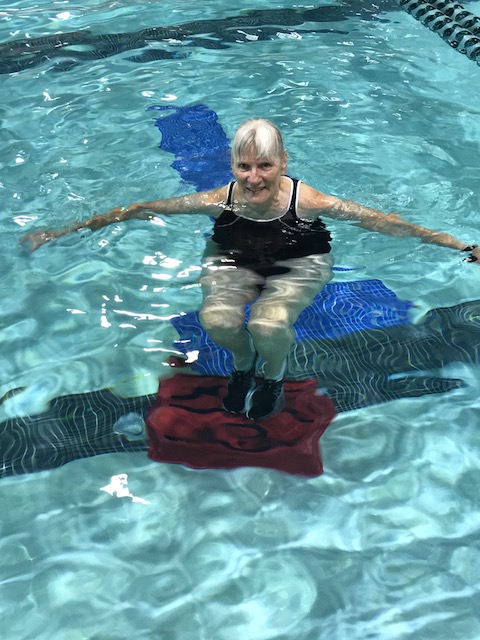
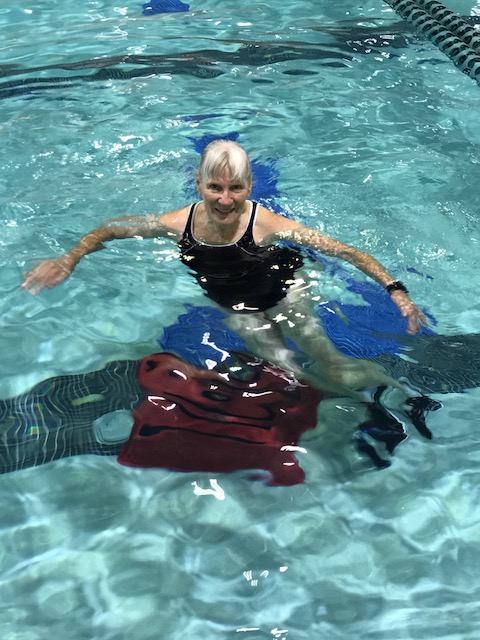
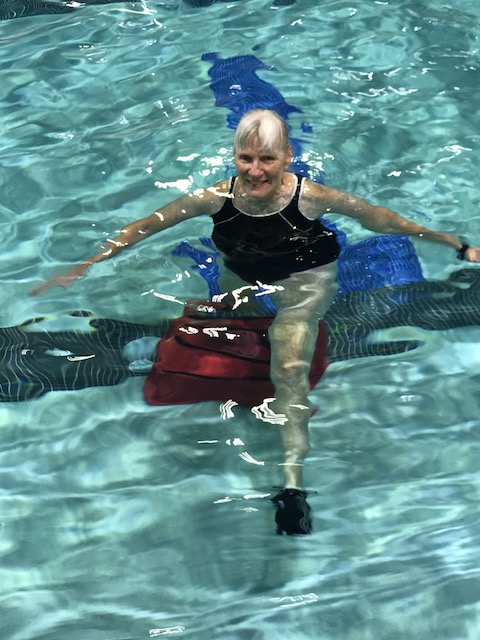
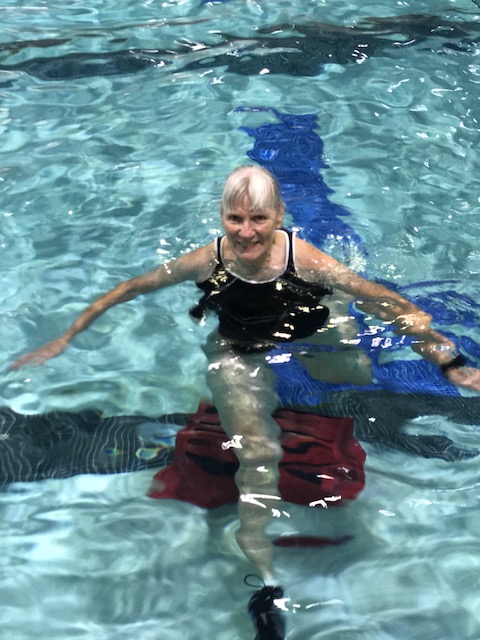
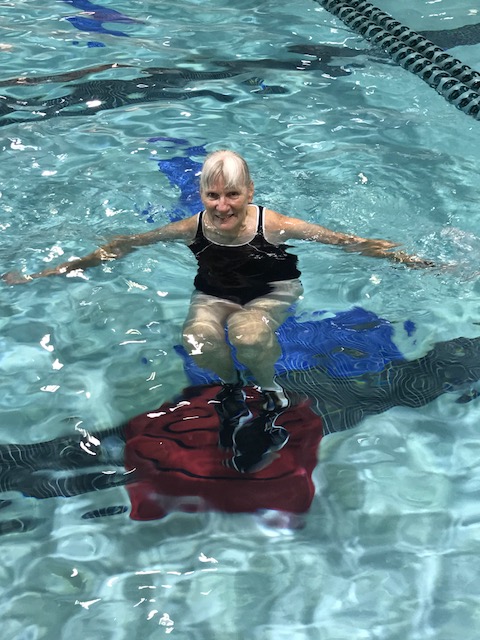
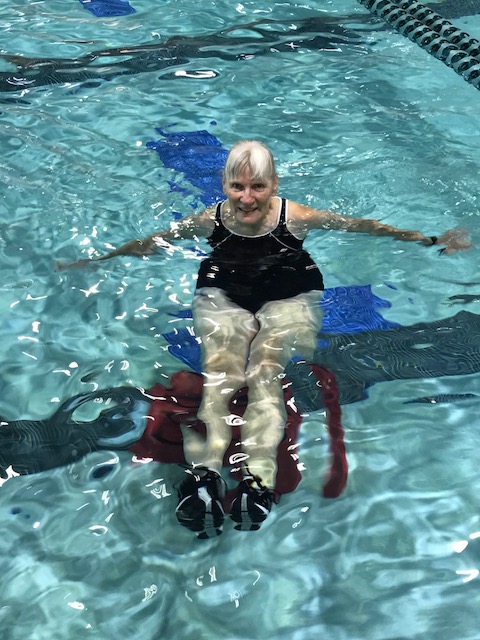
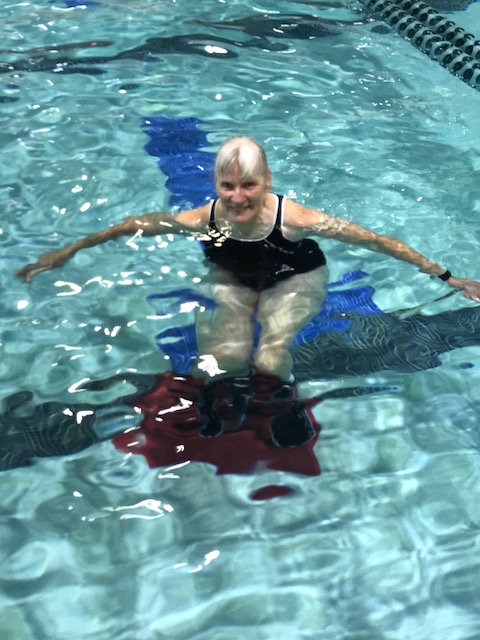
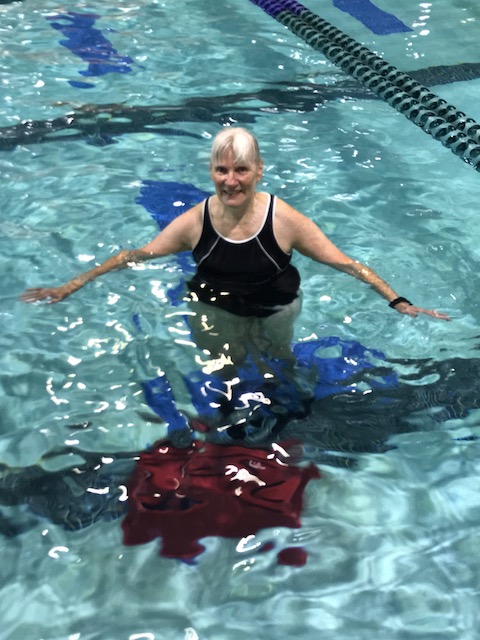
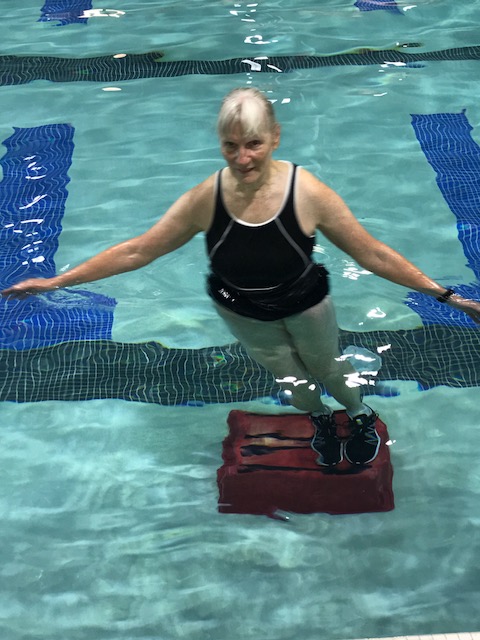
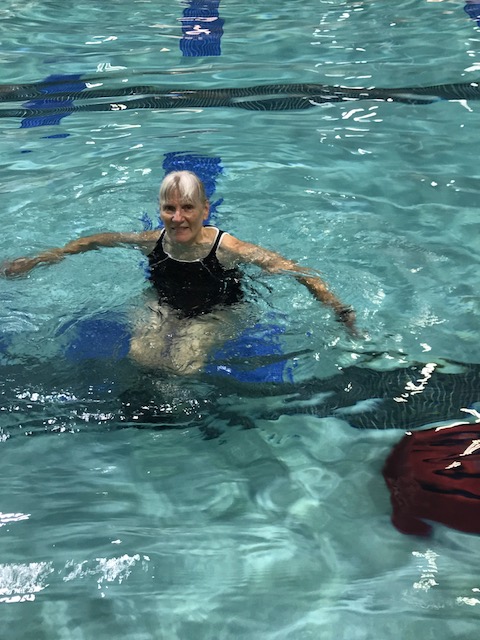
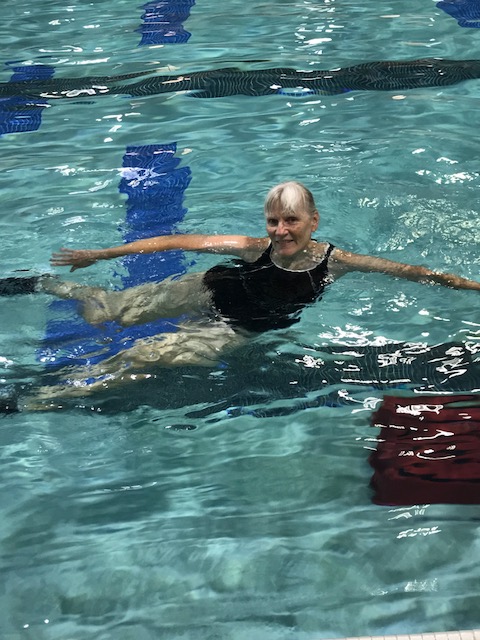
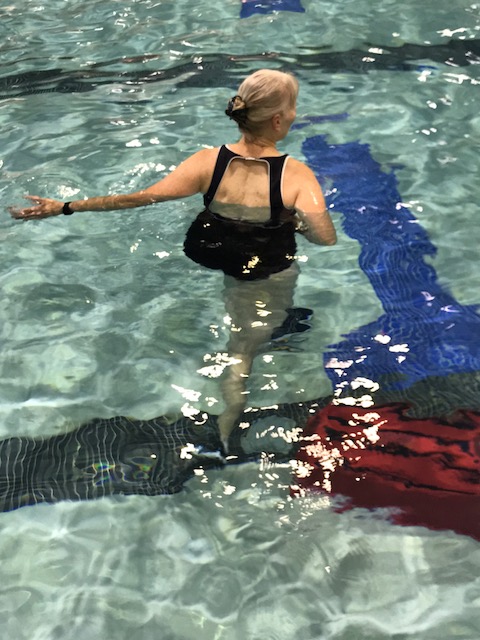
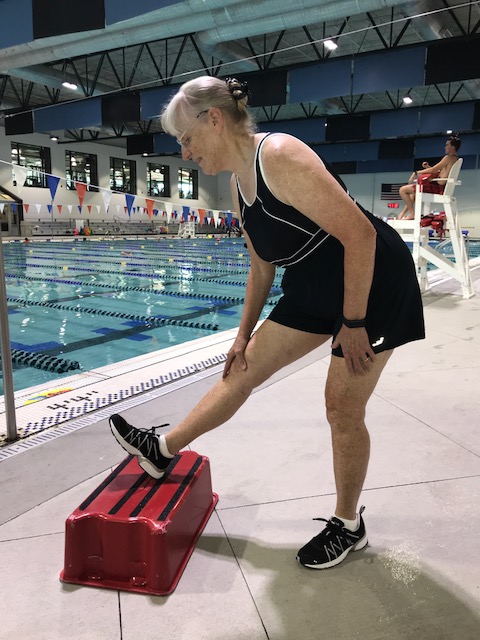
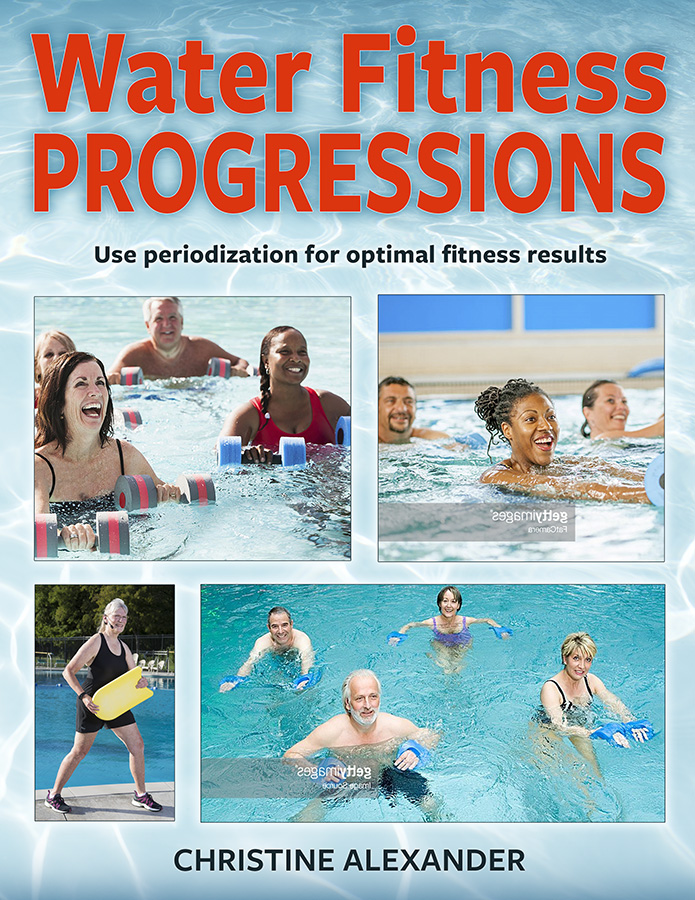

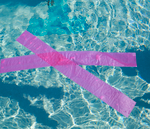
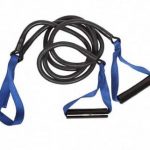
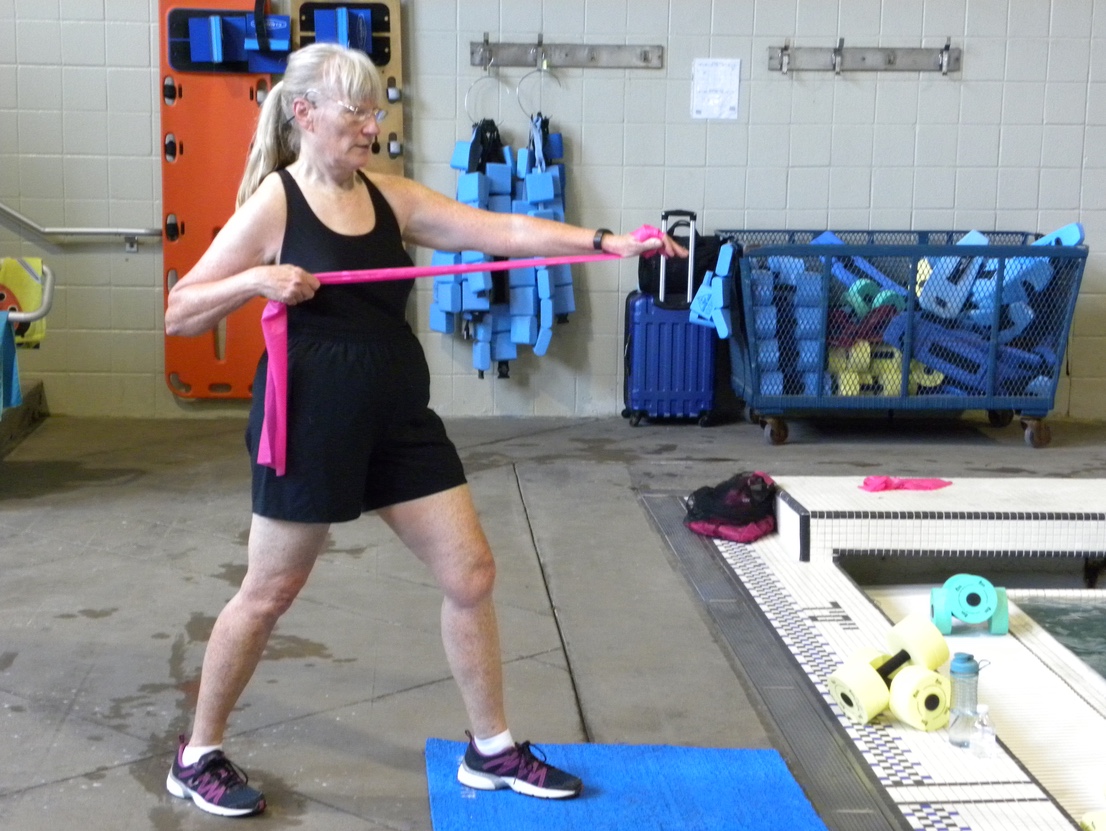
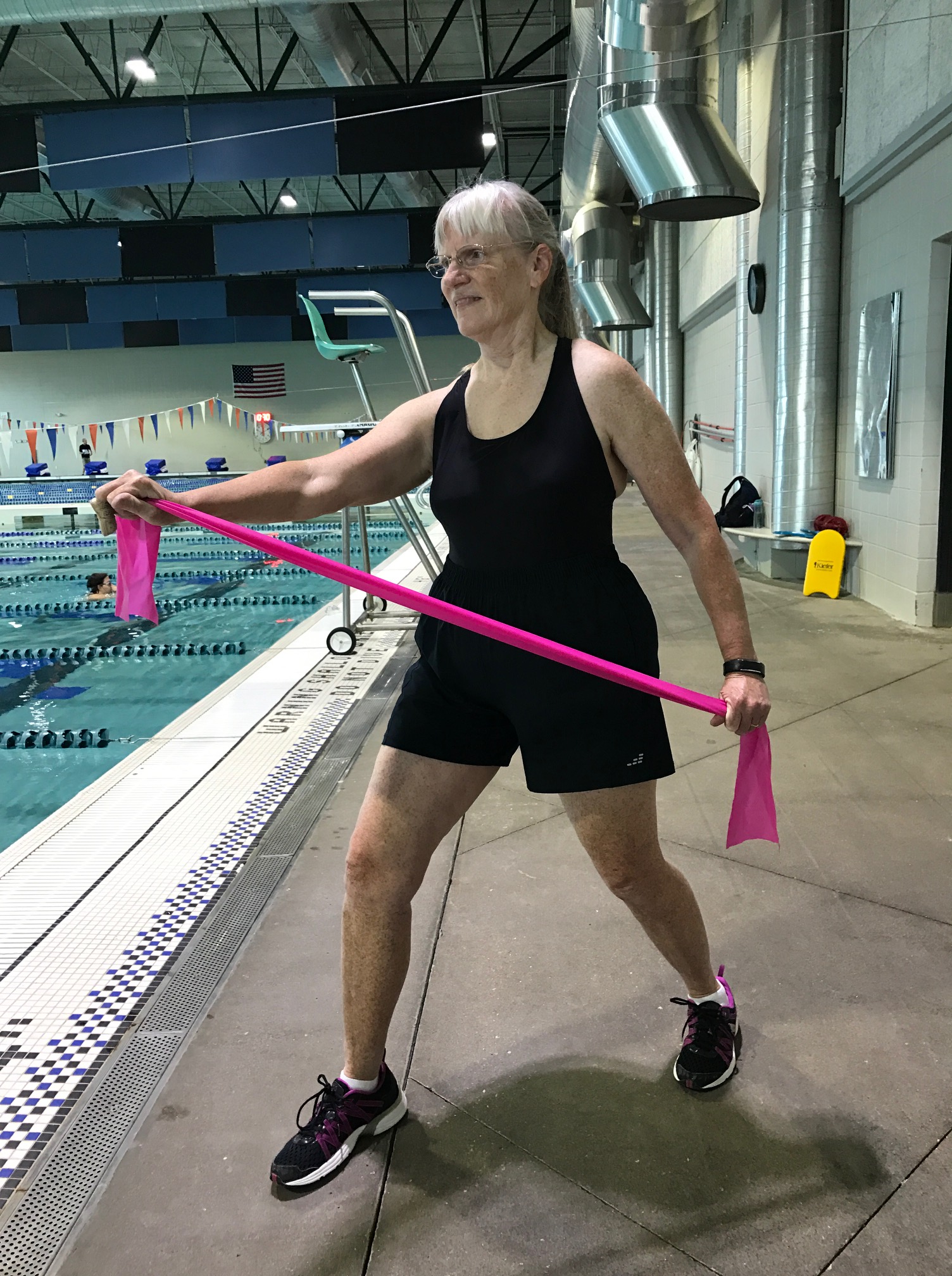
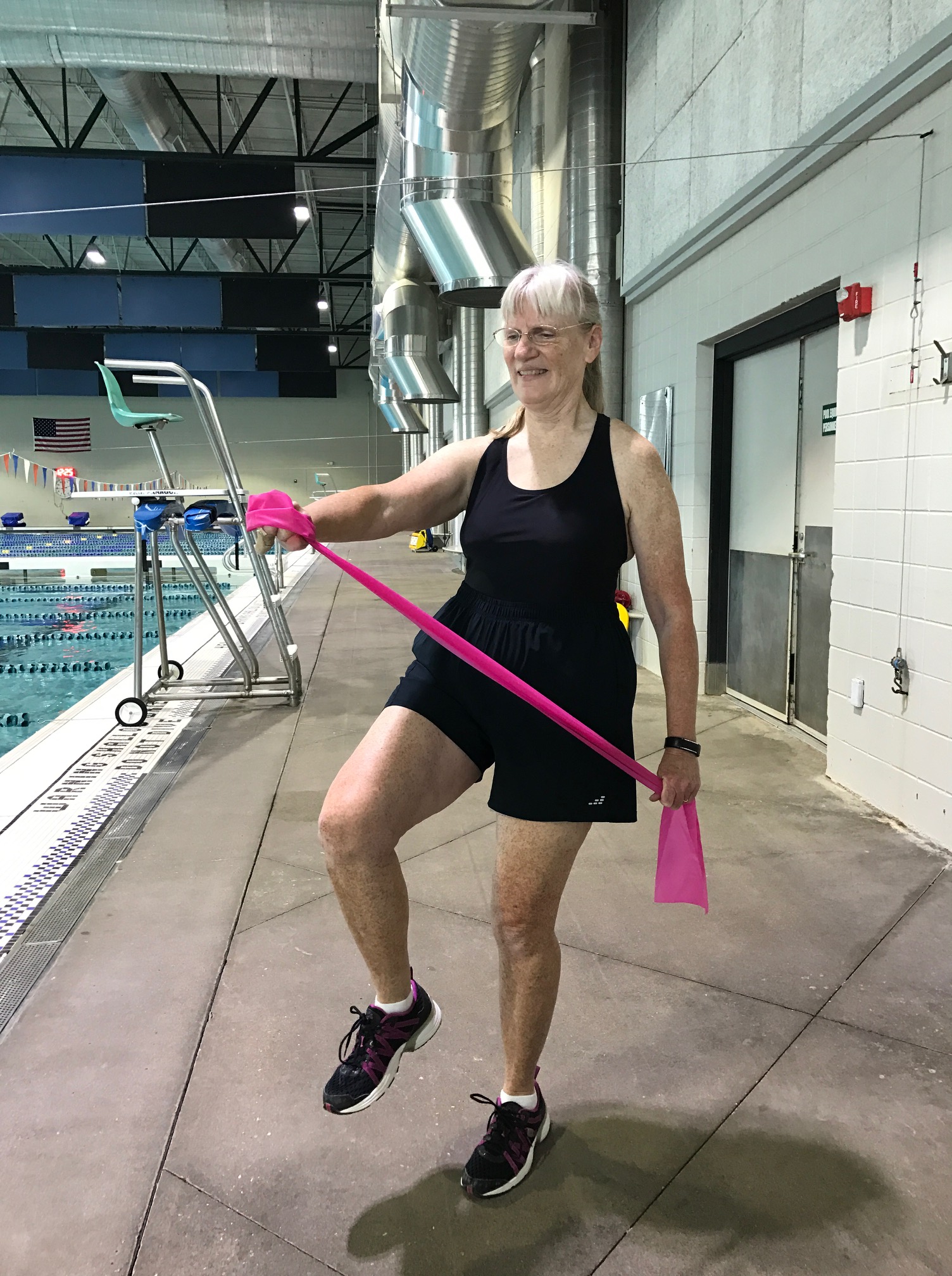
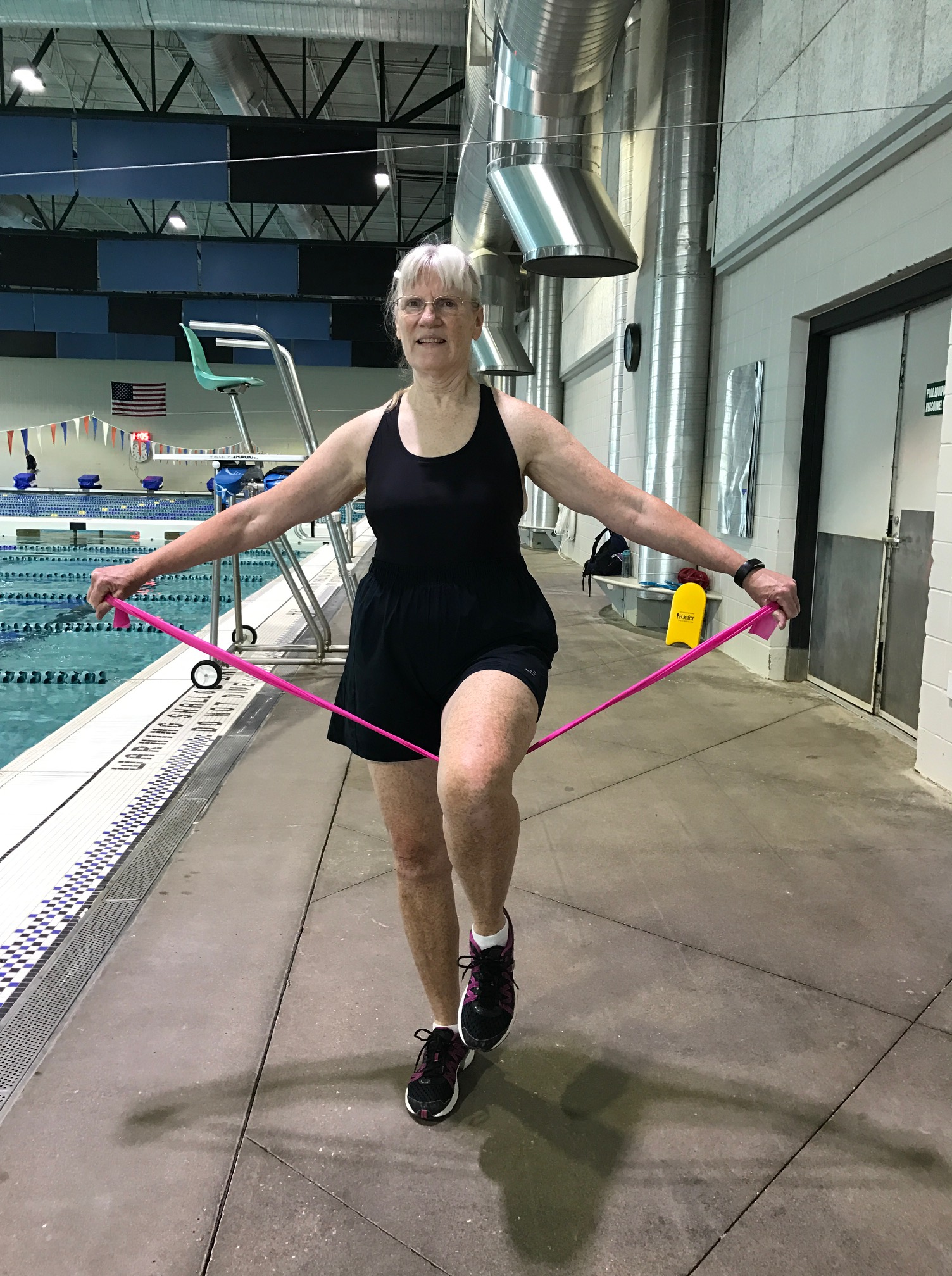
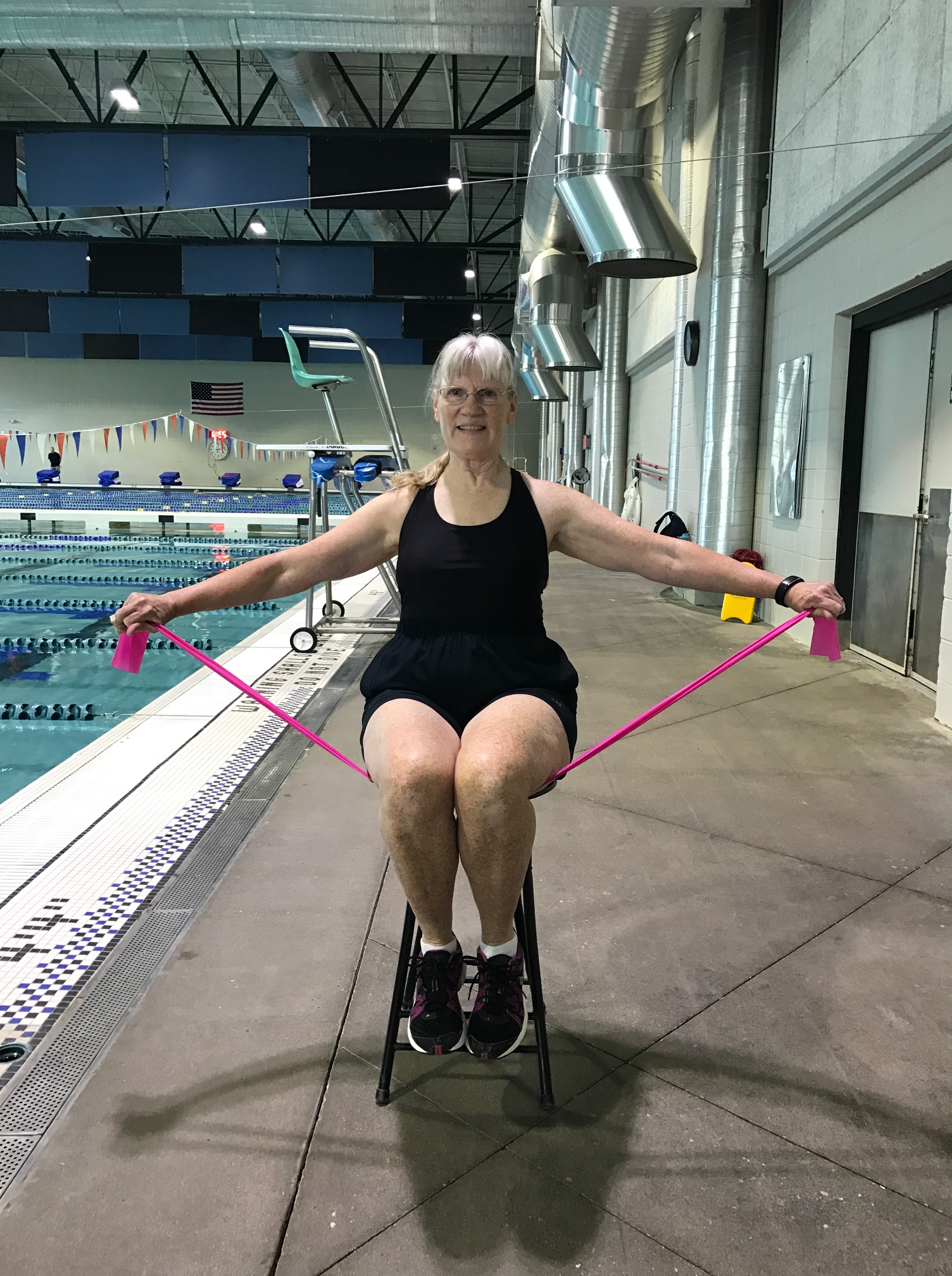
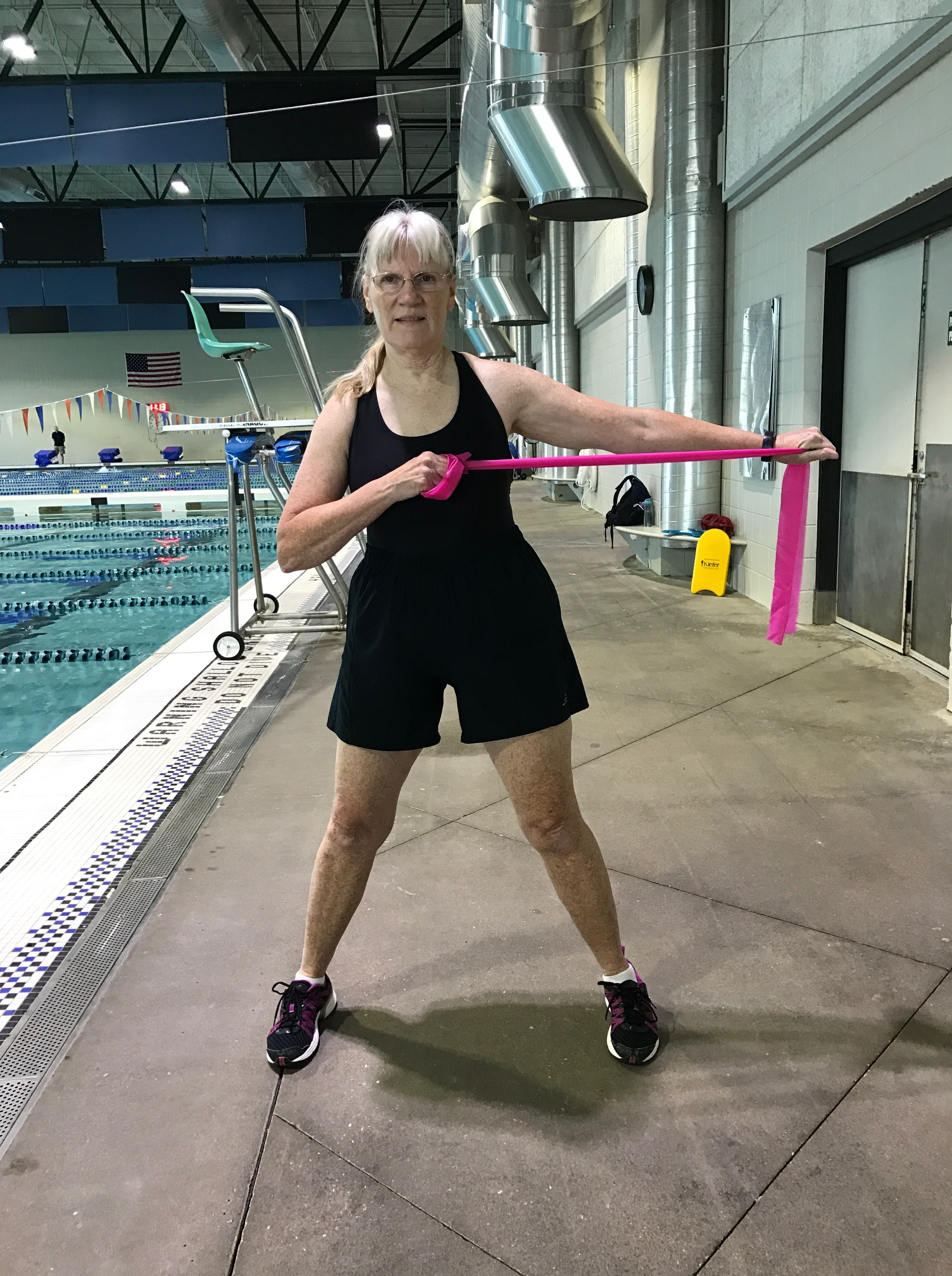
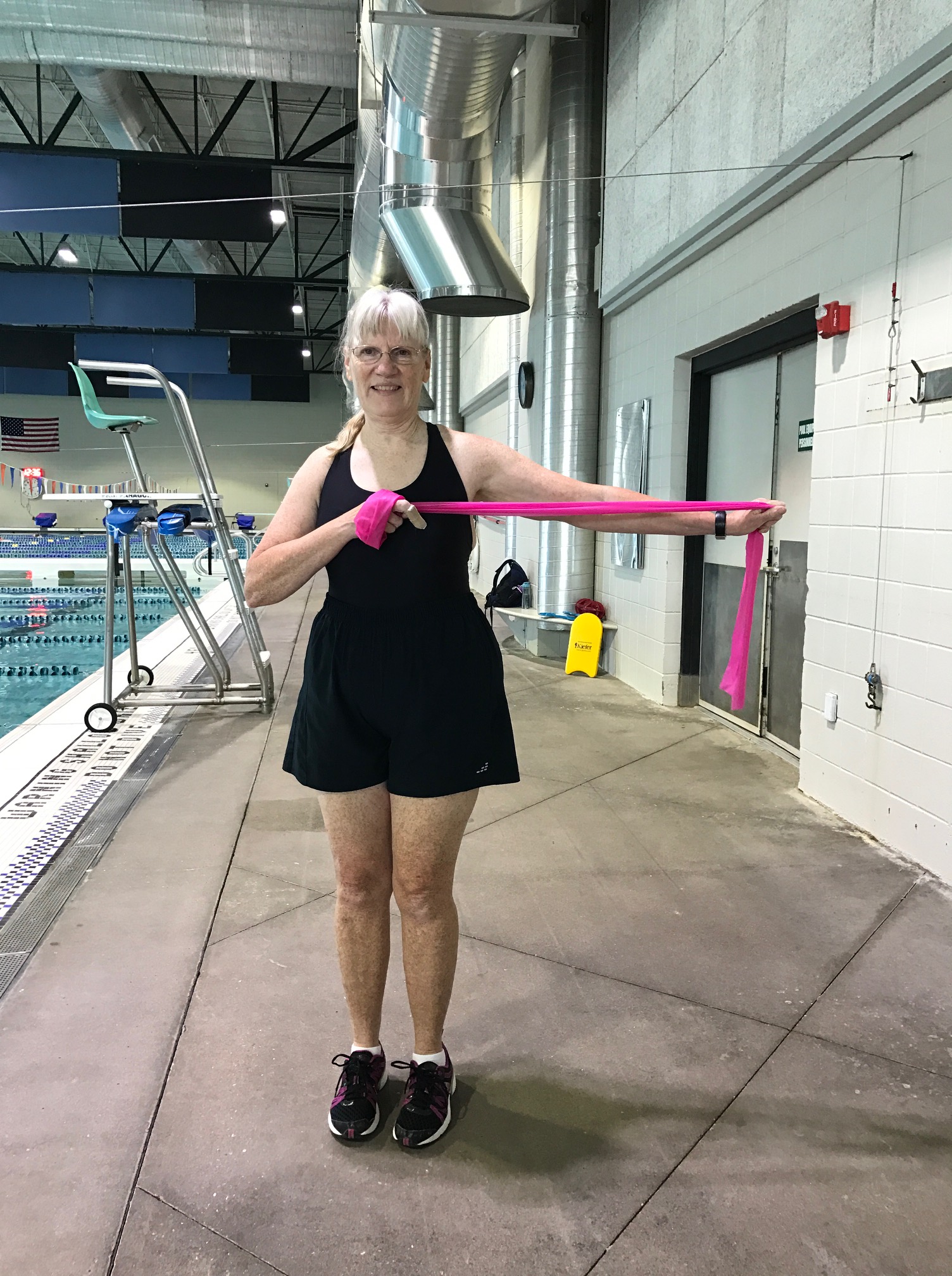 Elbow Sweep Out Works the triceps Squat position in shallow water Jumping jacks in deep water – extend the elbow as the feet come together
Elbow Sweep Out Works the triceps Squat position in shallow water Jumping jacks in deep water – extend the elbow as the feet come together
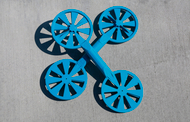

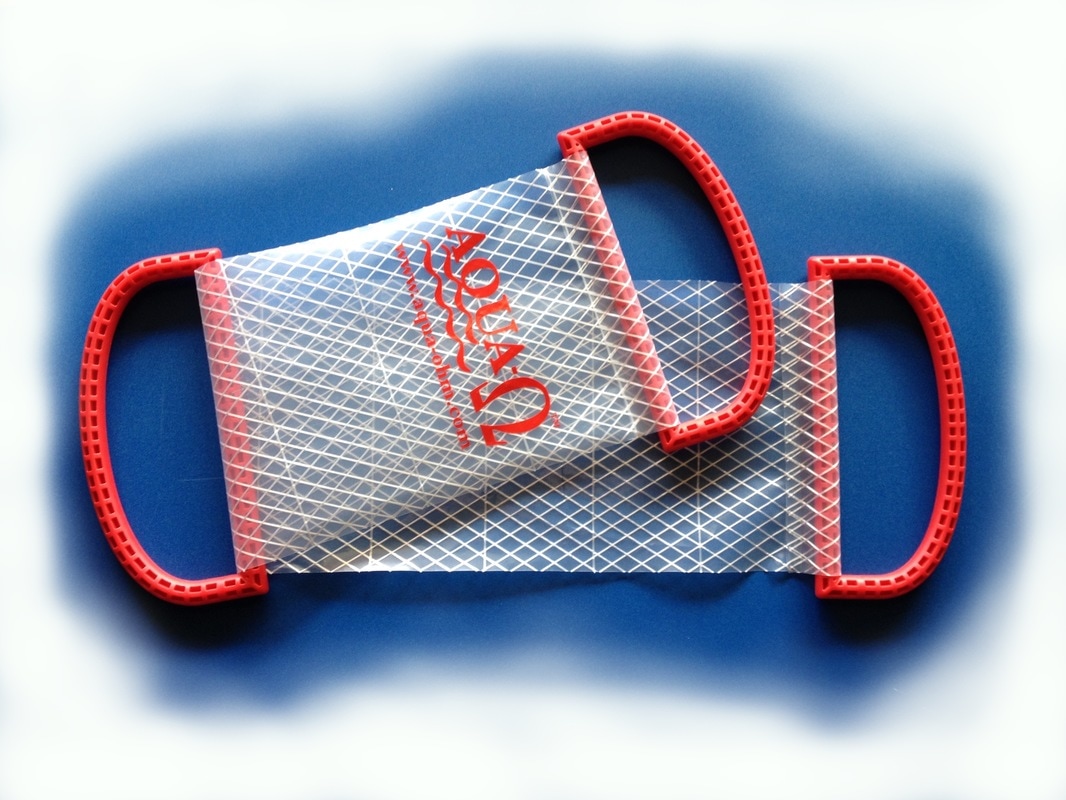
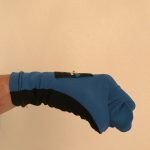
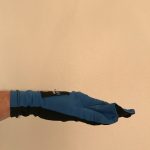
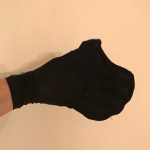
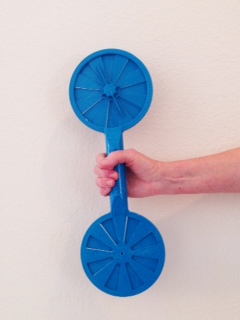
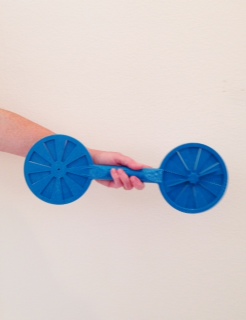
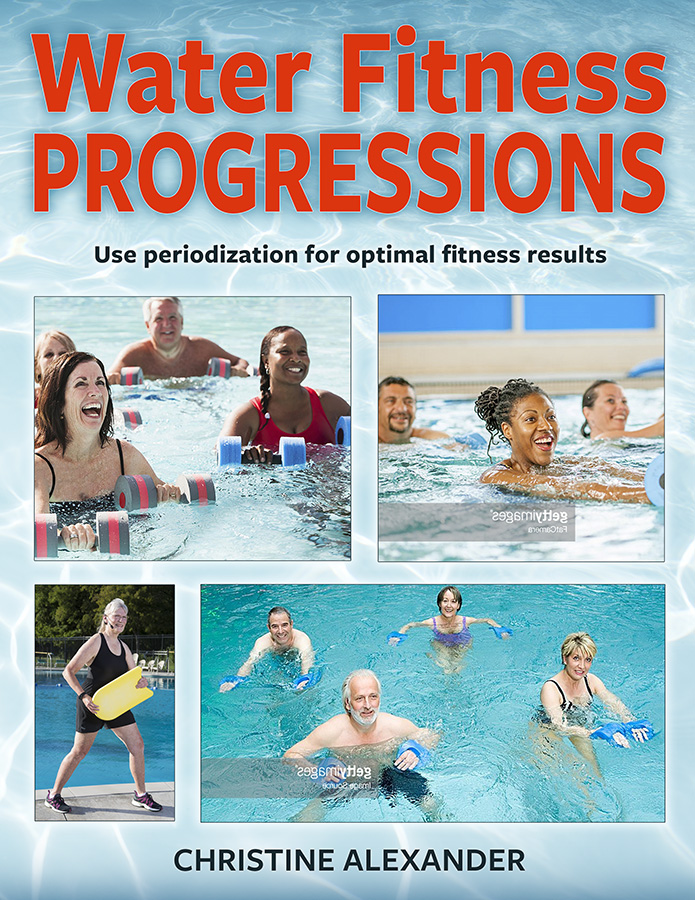



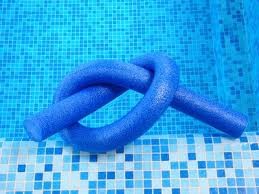 to increase its surface area. I am not a big fan of that because it makes the noodle curly and useless for any other purpose. A better option is to use the larger more dense foam noodles available from Hydro-Fit. You can also progress to using foam dumbbells instead of noodles.
to increase its surface area. I am not a big fan of that because it makes the noodle curly and useless for any other purpose. A better option is to use the larger more dense foam noodles available from Hydro-Fit. You can also progress to using foam dumbbells instead of noodles.